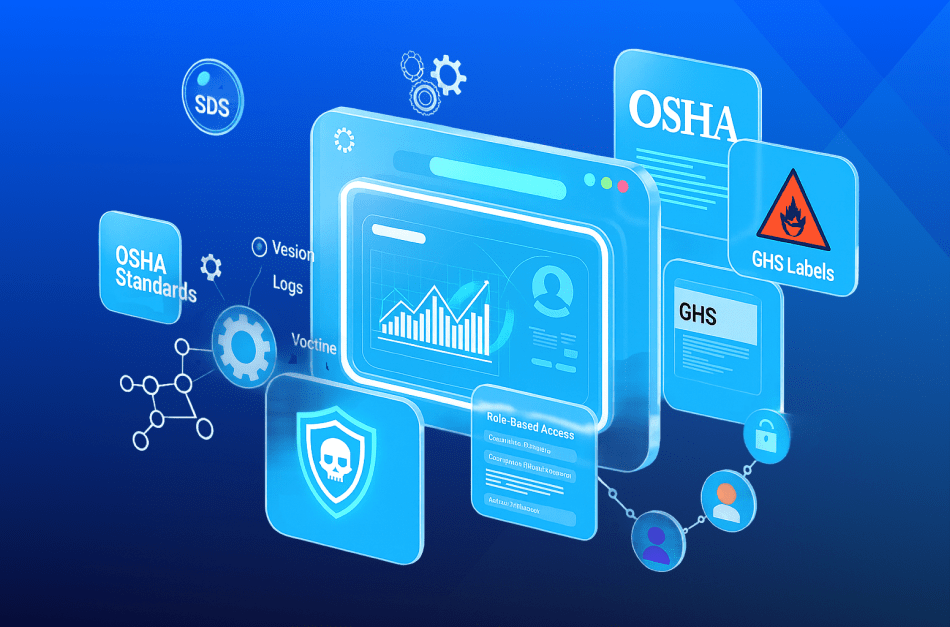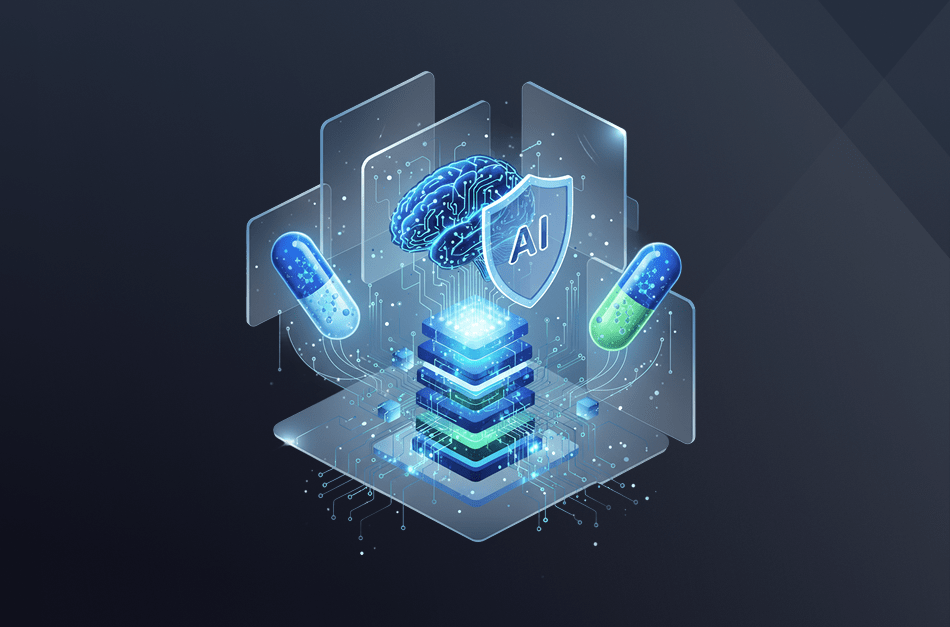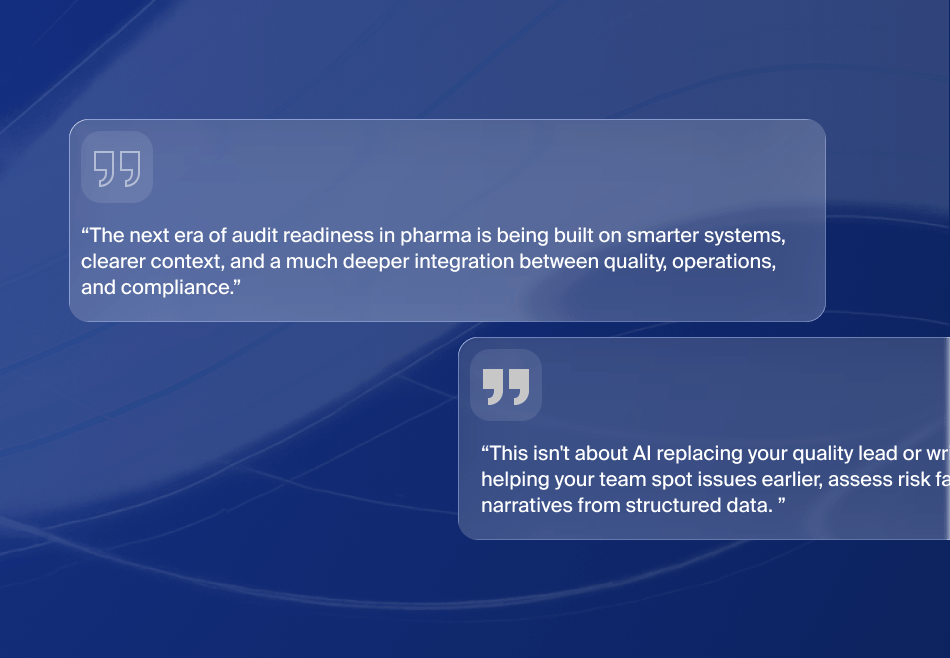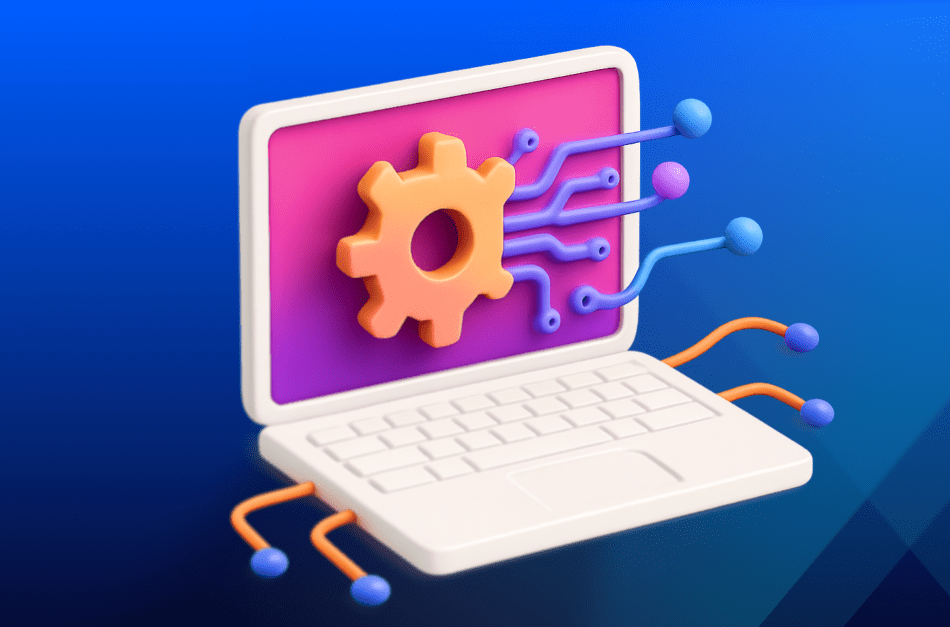Introduction
If you are dealing with a legacy ERP system that is slowing down your business productivity or limits your ability to grow, its time to start planning the changeover to a new system. Moreover, if you are struggling to get a grip over the exceeding maintenance cost, it’s no longer an option then, rather an absolute must have to upgrade your legacy system to a cloud-based ERP. Upgrading an ERP system is a critical business decision and involves in-depth research and planning. A scalable cloud-based ERP solution capable of managing a comprehensive set of business functions is what you need.
76%
of enterprises have a formal cloud strategy and 74% of organizations will increase cloud spending to over 20% by 2020.
Source: Per a prediction by Forrester and IDC
2020 has come and gone, with higher cloud adoption than expected. Many companies were struggling to adjust to the new normal with their archaic tools. Companies that transformed prior to the pandemic found it comparatively simpler to work remotely and still keep productivity up, in some cases productivity of a company has gone higher than expected due to remote work. If you take a look at the marketplace of today’s business, it’s a data-driven environment. Any decisions business leaders take based on numbers and insights to get the best results.
If you are operating on legacy systems, your business landscape is not up-to-date to provide real-time analytics or meet a modern business’s requirements. To enable a data-driven organization, you need to revamp your system.
The result is innumerable complexities in business operations such as gaps due to handling multiple databases, duplicate manual data entry, broken data flow between departments, missed deadlines, etc. On-premise ERP systems require a series of hardware updates that make the total cost of ownership (TCO) even higher. Security concerns, regulatory compliance, policy necessities add to the complexities.
60%or more companies still use outdated ERP systems, per Microsoft survey.
59% of respondents expressed they will prefer an upgrade to cloud-based ERP in their next implementation, per the Microsoft survey.
80%of organizations are allocating budget for cloud projects. However, more than half are burdened with legacy systems and lack in-house expertise, per IBM
The journey from ERP 1.0 to ERP 2.0
The evolution of ERP happened over a long period of time. It has taken organizations decades to reach the current shape of ERP. The root of modern ERP lies in older production management models like EOQ (economic order quantity) and MRP (materials requirements planning). After years of relying on old inventory management procedures, the manufacturing industry gets its upgrade, MRP II, a software solution enabling computing power to manage different business aspects. Further scrutinizing the broadened scope of MRP II, Gartner coins the term ERP. Later addressing the key market shifts, Gartner calls the software ERP II, a solution capable of tracking real-time, web-based data.
Microsoft Dynamics 365 offers Tier 2 ERP solution that offers superior functionality in minimum complexities and cost. It makes the upgrade and integration easier to the latest technologies and provides a transformative experience.
A switch from ERP 1.0 to 2.0 opens innovation areas by increasing your current IT landscape’s flexibility. Also, cloud migrated mainframes produce an approximate 47 percent lower cost of operations spread across five years than on-premise mainframe platforms.
A popular Cisco survey in 2017 showed that 83% of the best performing US businesses planned an effective SaaS strategy and have started collaborating with cloud vendors. Cisco’s Global Cloud Index for the period 2013-2018 showed that 59% of all cloud workflows would be delivered as SaaS by the end of the year. Moreover, Infrastructure-as-a-service (IaaS) will decline to 28% compared to 44% in 2013, and that only 13% of workloads will be delivered as Platform-as-a-Service(PaaS).
A survey report of Harvard Business Review Analytic Services reveals that 36% of 560 marketing professionals reported legacy systems to be one of the biggest roadblocks in implementing real-time analytics.
Legacy systems may offer you a high horsepower and set customer experiences, but upgrading to new software to keep up with the technological and generational growth is essential for ensuring better performance.
Regardless of the advantages of staying in your comfort zone and managing business processes with your legacy ERP system, these factors drive you to switch from legacy to cloud –
1.Operational inefficiencies:When your business expands, migrating to the cloud is an effective solution to keep track of all the real-time data and increase collaboration across your company’s different departments. Clinging to legacy software during business expansion decreases benefits of cloud ERP systems.
2.Growth of business:Growth of a firm often refers to the global expansion, reporting and compliance requirements and expansion of financial services. New opportunities like market growth, acquisitions and disinvestments require stabilized systems with smooth processes to be in place. As mentioned above, streamlining various departmental functions that deal with them for development and growth requires an agile cloud-based platform.
3.Technological Transformation:Unlike the expectations from previously used legacy systems, today’s users demand collaboration and ease. Companies expect essential operational functions like real-time analytics with customized dashboards, social collaboration with increased mobile access, and quick updates. This is easily achieved using cloud ERP systems.
Legacy to Cloud – Data migration challenges
Many companies operate on home-grown legacy systems, comprising both hardware and software. These systems were the foundation of working business systems and managers might hesitate to switch to other alternatives without a transformation plan. Though it is tough to make ERP implementation decisions, every business needs to upgrade to stay ahead of competitors. Some of the fears are also related to Data migration.
Per a report by Bloor Research, 31% of cloud data migration projects fail. Following are a few hurdles faced by organizations today, resulting in migration failure.
- Insufficient knowledge of source data – A knowledge gap leads to problems such as lack of source knowledge, duplicates, missing information and erroneous data. This gives users a false perspective of data in the new system resulting in an incorrect design. Bad data leads to problems, and companies blame the new system until they figure out what the real issue is. It is essential to understand what information is a business need vs. a system constraint. Such situations make it essential for you to understand the source of data.
- Unstructured processes – The process of data migration involves disparate technologies used by disparate people. Manual data migration increases human errors resulting in inaccurate, incomplete and outdated information. The outcome of such errors is the lack of technologies and resources to correct data. It is essential to perform an advanced analysis while planning and designing to help you recover these hidden errors.
- Failure in implementation validation – Ineffective testing during the initial stage of deployment and lack of knowledge about the data sources results in its implementation failures. Running a few tests using the full volume of the data helps estimate the worst-case scenario missed using conveniently available data.
- Late final result evaluation – This issue usually occurs at the testing stage, where users see only the final data compiled into the system at the end of design and development. Problems like data incompatibility with the new ERP system arise at this stage, which can be avoided with effective testing during the migration process saving the company time, money and delayed data migration time. Users can get involved in the evolving test cases to show them data output’s actual prototypes.
- Lack of full usage of expertise – Most companies do not use the right expertise. They face issues in decoding large codes, obtaining access to these codes and other functional challenges. Introducing such experts to your project helps make sense of the disparate data for effective data migration techniques.
Figure: 1Benefits of moving ERP to the cloud

The bigger question – What does the cloud have to offer?
Even though migrating to the cloud might look like a hefty expense, it saves you from the troubles of operational inefficiency, effective demand forecasting, poor customer service and reduced ROI.
A few characteristics and advantages of a new and advanced cloud-based ERP would be –
- Improved ERP Performance – The switch from on-premise to the cloud helps free up computational power and resources that are essentially necessary while deploying an effective ERP solution. This is one of the most significant advantages offered by the cloud, which eliminates any infrastructural costs, helping smaller businesses flourish and the only necessity is a well-established internet system.Microsoft Azure offers you a flexible cloud platform that quickly adapts to your business’s needs and requirements. It is simple to adjust and provides a host of building blocks that allow you to customize the cloud according to yourself.
- Reduced Operational Costs – An on-premise ERP software requires a workforce to maintain it. The additional costs on human resources and the ERP software cost can increase operational costs for the firm. Using cloud ERP software gives you benefits like a monthly subscription tailored to the customer’s needs at a low outlay cost. As the implementation costs are much lower, the overall operational costs also reduce.
The cloud’s added benefit is that it provides a common platform for developing various solutions, negating the developing time for constructing programs from scratch. The aforementioned helps in the allocation of resources for other activities that add a higher business value.Due to its large customer base, Microsoft offers a large volume of discounts to their customers. Azure usually works as a pay-as-you-go model, reducing the input costs for smaller companies. Larger enterprises who sign contracts are offered a more considerable discount as well. - Higher Security – The input and output of the ERP systems’ data is generally confidential and requires a well-established and secure maintenance system. Cloud ERP offers superior quality security systems that ensure that the information is effectively protected and encrypted. The user access to such data helps in the effective correction in the areas needed.Microsoft Azure offers you a multi-layered security system helping you detect threats earlier with unique intelligence.
- Real-Time Analytics – Contemporary software-based solutions make it necessary for industry models to offer real-time data for the process optimization and business intelligence based on which decisions can be made. Cloud ERP software comprises API links to the platform, helping users scale reporting and analytical needs. The instant access to the data on the cloud makes information readily available, which benefits industries like manufacturing, where real-time data tracking helps in process optimization.
- Enhanced UAT and API testing – An effective User Acceptance Testing and API beta testing has become a more common approach. In opposition to testing in isolation in an engineering setting, UAT and API methodology are more conducive to finding and more responsive to real-world problems.
Figure: 2 Variety of functions offered on the cloud

Cloud for ROI
The two main components of calculating ROI for an ERP software are –
- required investment and savings
- efficiencies & goodwill
The calculation of ROI for the software does not have a predetermined methodology as the software brings a variety of intangible values with itself. The benefits are primarily in reducing operation cost, optimizing inventory levels, labor cost and improved production.
The ROI is often masked in reductions of operational costs of running the company using transparency in the organization and the activities taking place in it. The benefits can also be reduced administrative costs by reduced paperwork and time information exchange using real-time data tracking. Inventory costs are reduced by optimizing material stock and by tracking the inventory health in turn increasing the ROI of the software.
Azure is the only major cloud platform ranked by Gartner as an industry leader for both infrastructure-as-a-service (IaaS) and platform-as-a-service (PaaS).
What does Azure have to offer to you?
As per a Forbes study, enterprise adoption of Microsoft Azure increased significantly from 43% to 58% in 2018, attaining a 35% CAGR.
Raising cloud ERP adoption rates by such a high margin shows the increasing popularity of the software gained from features like increasing flexibility. Azure adopts and adapts other operating systems’ standards and embraces competing for software platforms to ensure it stays relevant to as many people and companies as possible.
Here are a few advantages of Azure –
- Widespread customer support as Microsoft spreads over 19 regions across the globe and offers support plans in a variety of languages.
- Offers a hybrid environment that helps you gain benefits from both on-premise and cloud software solutions without any added cost burdens.
- Visual studio online and application insights helping in developer collaboration and increased options.
- Offers you virtual systems like Linux and Windows servers, increasing your ability to run virtual machines.
- Ability to scale on demand
- Reliable back-ups in case of data loss
- “Set it and forget it” scheduling
- Increased automation
- Reliable data storage and increased security
Figure: 3Cloud benefits to your business

Key Takeaways
- In most organizations, legacy systems are still hovering around because the cost of refurbishing them is too high till they are in working condition and the management sees this as business overhead. On the other hand, the IT department sees it as a can of worms. Due to reeling communication, responsibility and financial problems, the organization are unwilling and initiate this migration.
- The best thing the organizations can do in such a case is to hire an external vendor or an SME who can assess the situation and make this difficult decision and formulate a pragmatic approach to convince the stakeholders else they will pay for the opportunity cost of losing.
- Finally, we can’t undermine having a proper cloud alliance that can help the organizations lift-and-shift their legacy systems to the cloud and reinvent these systems’ performance and makes all stakeholders see ERP cloud migration’s long-term gains.
Take Our Assessment to Get Started With Digital Transformation








